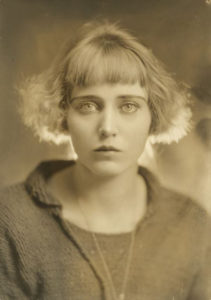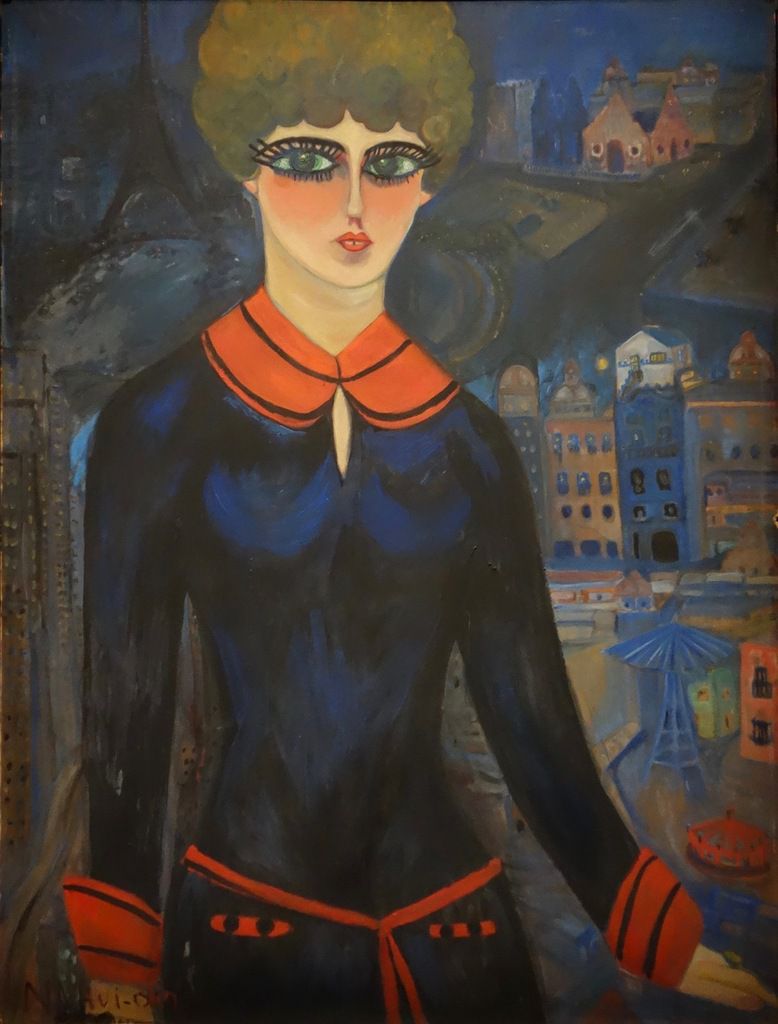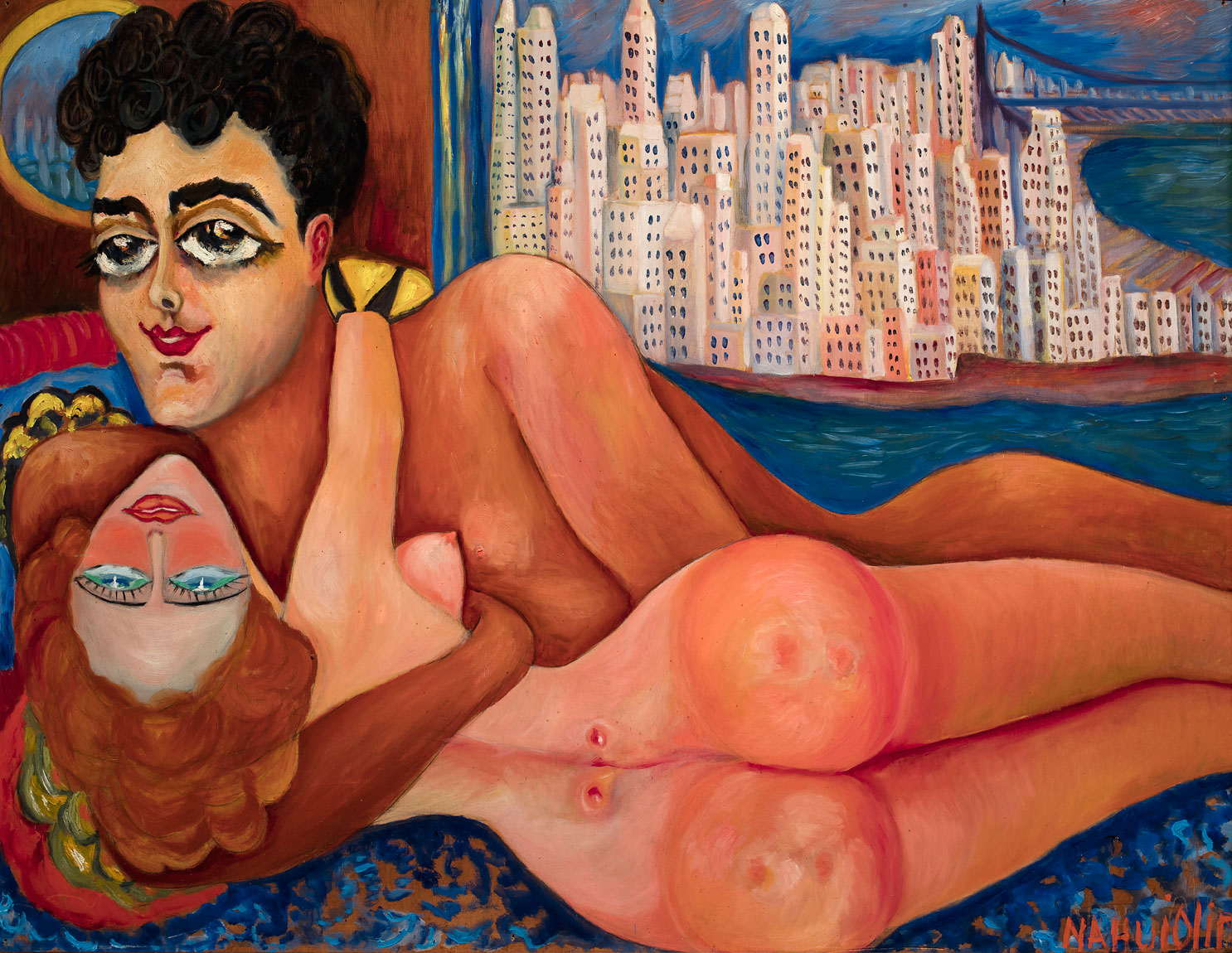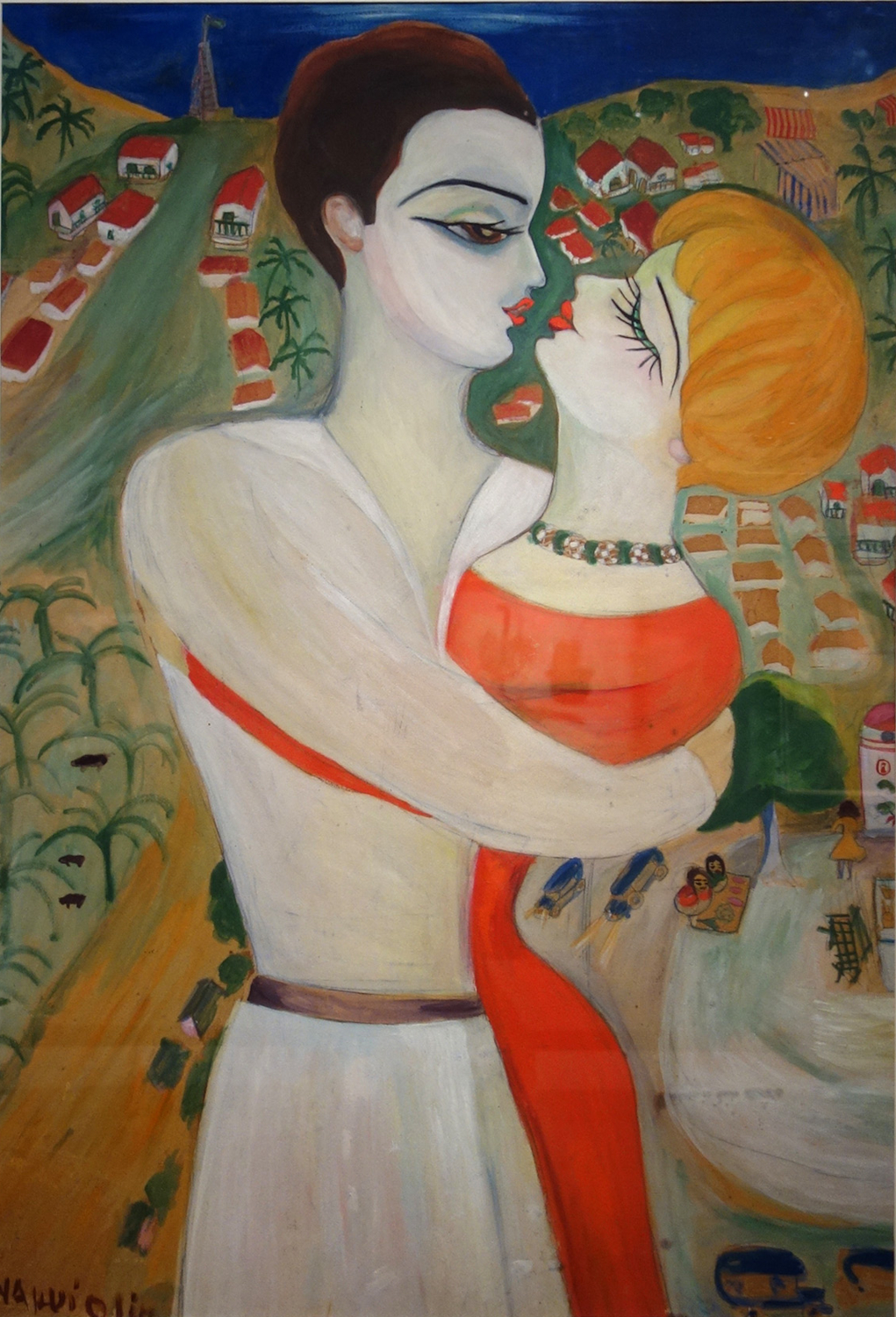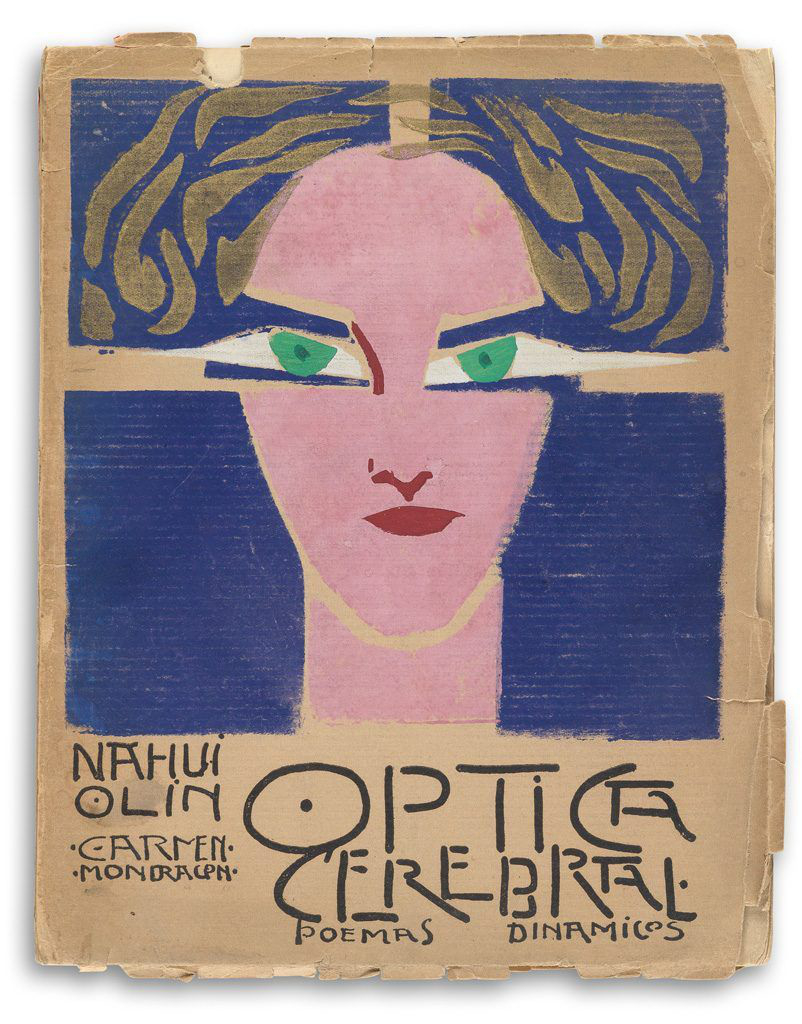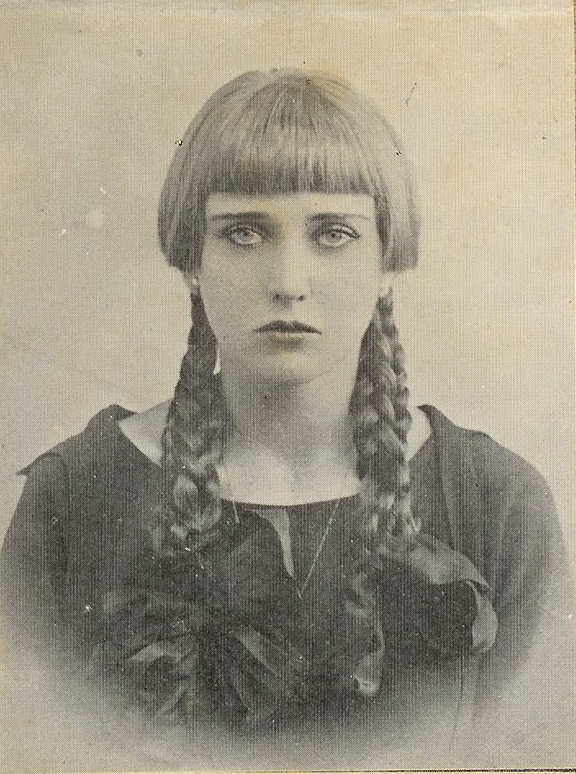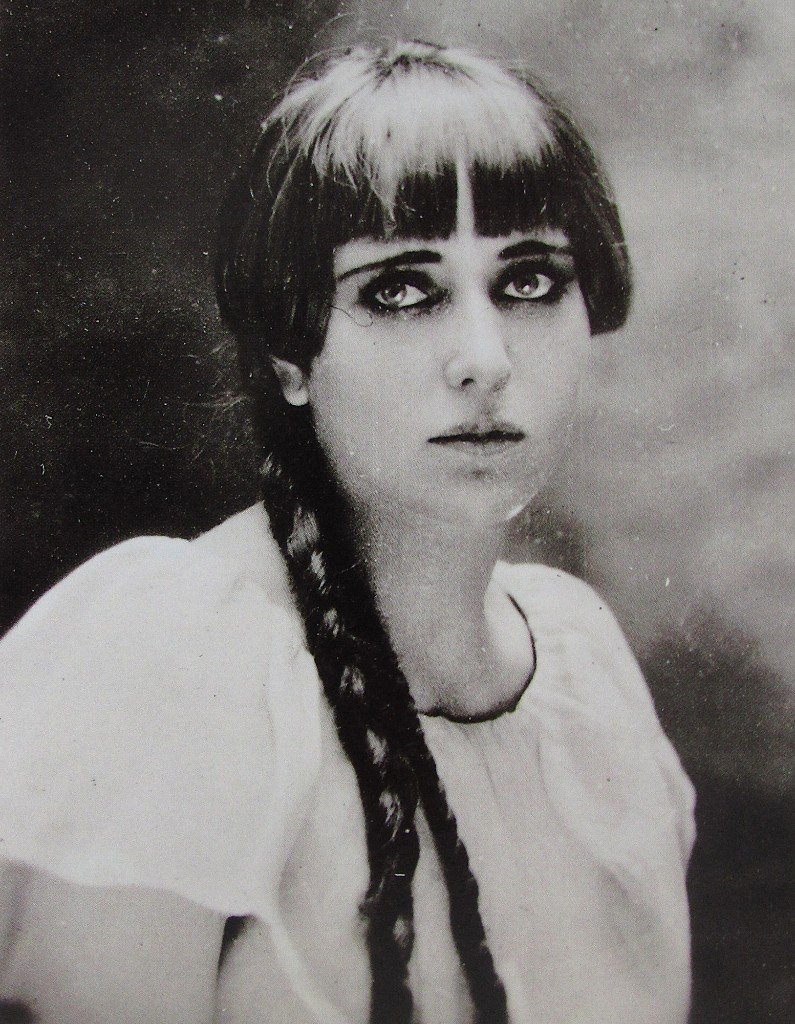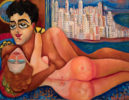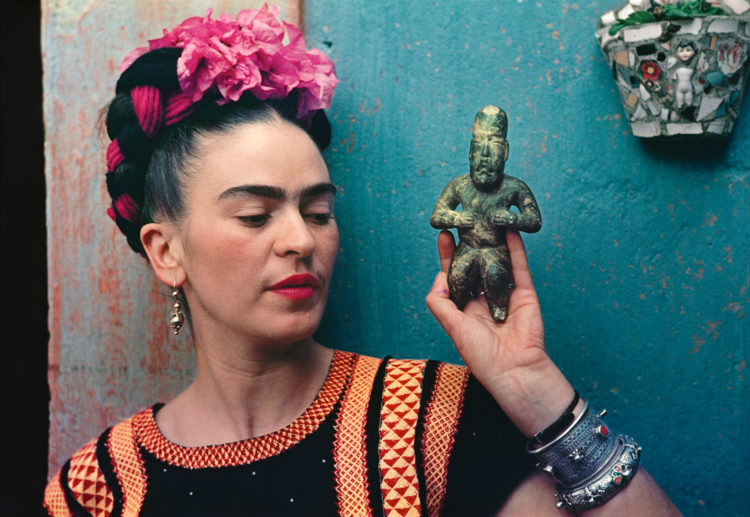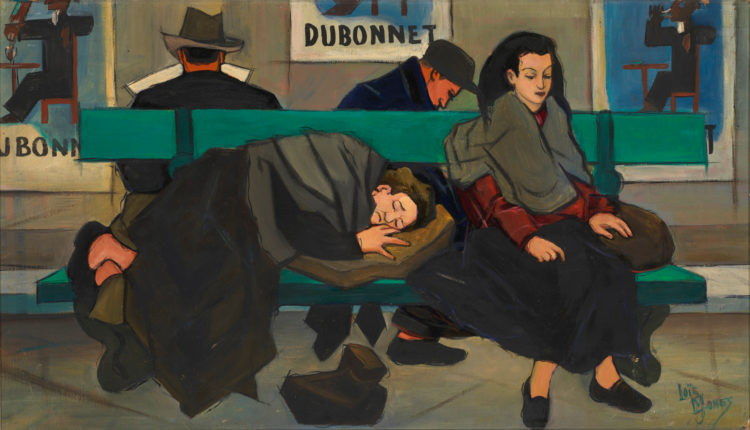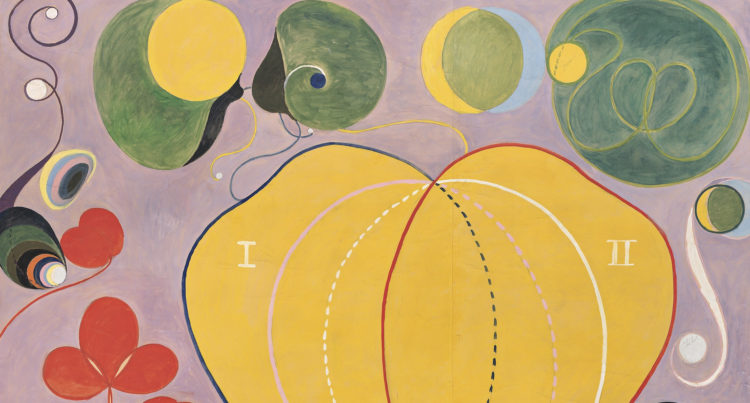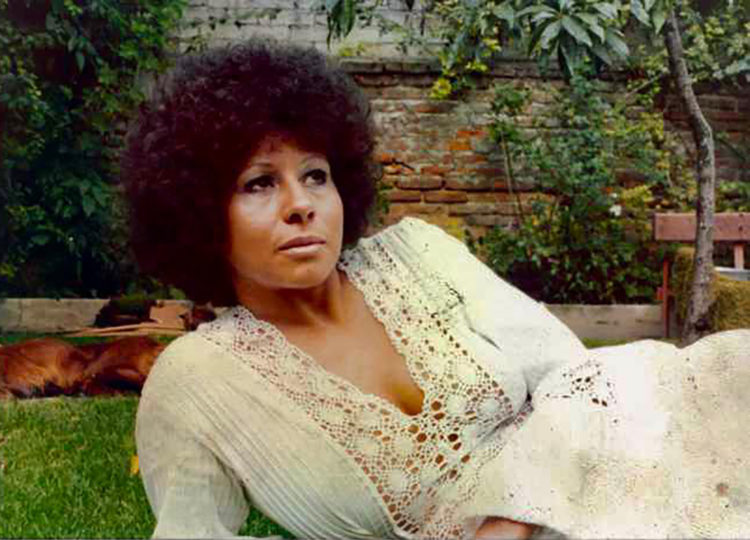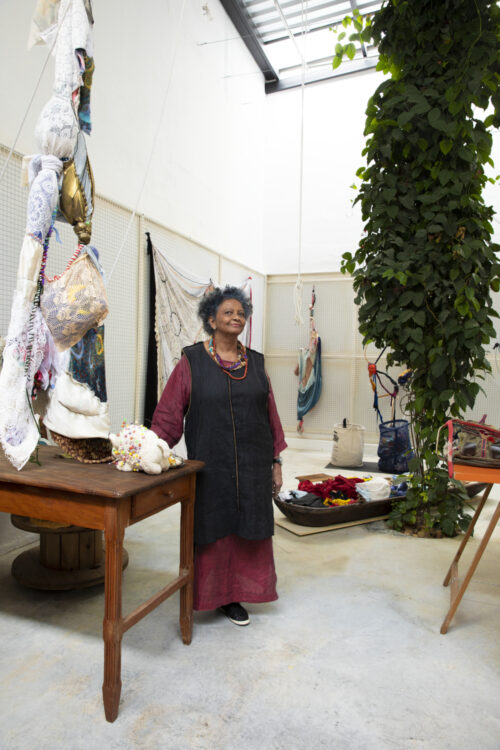Nahui Olin
Meza Marroquín, Mariano, Zurián Ugarte, Tomás (eds.), Nahui Olin. La mirada infinita, exh. cat., Museo Nacional de Arte, Mexico City (June 15-September 9, 2018), Mexico City, Instituto Nacional de Bellas Artes, Museo Nacional de Arte, 2018
→Poniatowska, Elena, “Nahui Olin: la que hizo olas” in Las siete cabritas, Mexico City, Era, 2000, p. 55-78
→Zurian, Tomás (ed.), Nahui Olin. Una mujer de los tiempos modernos, exh. cat., Museo Estudio Diego Rivera, Mexico City (1992), Mexico City, Instituto Nacional de Bellas Artes, 1992
Nahui Olin. La mirada infinita, Museo Nacional de Arte, Mexico City, June 15-September 9, 2018
→Nahui Olin: A Woman Beyond Time, National Museum of Mexican Art, Chicago, June 22-September 2, 2007
→Nahui Olin. Una mujer de los tiempos modernos, Museo Estudio Diego Rivera, Mexico City, 1992
Mexican poet, model and painter.
Nahui Olin was born María del Carmen Mondragón Valseca in Mexico City, the fifth of eight children in a wealthy military family. She began writing poetry and prose while living in France, between the ages of four and twelve. In 1914, she became part of Parisian artistic circles when she returned to live in Paris, after she married Mexican diplomat and painter, Manuel Rodríguez Lozano (1891-1971) in 1913. The couple returned to Mexico in 1921 and remained in an open relationship until 1922. In 1921 she began a long-term relationship with the political activist and painter Gerardo Murillo (1865-1964), better known as Dr. Atl (the Nahuatl word for “water”). Also inspired by post-revolutionary desires to publicly assert connections to indigenous culture and past, C. Mondragón Valseca changed her name to Nahui Olin in 1922, a Nahuatl reference to renewal and the sun’s force behind the cyclic rhythm of the heavens, a symbol of earthquakes and change.
N. Olin’s relationship with Dr. Atl resulted in a period of intense creativity for both artists and influenced N. Olin’s style that focused on portraits and scenes of everyday life. In her self-portrait from 1927, N. Olin paints herself nude with striking large blue eyes on a terrace overlooking a colourful scene of Mexico City. She uses wide brushstrokes, saturated colours, and sense of movement, energy and sensuality related to her long career as a model. She modelled for dozens of painters and photographers, including Diego Rivera (1886-1957), Jean Charlot (1898-1979), Edward Weston (1886-1958) and Antonio Garduño (1882-1958). Curator Mariano Meza describes the artist’s modelling career as part of her artistic practice, as “drawing with her body”.
During the 1920s N. Olin’s poetry adopted an erotic tone. She published four poetry books: Óptica cerebral. Poemas dinámicos [Cerebral Optics. Dynamic Poems, 1922], Câlinement je suis dedans [Hugs I am inside,1923], À dix ans sur mon pupitre [At ten years old on my desk, 1924] and Energía cósmica [Cosmic Energy, 1932]. In 1933 she fell in love with Spanish sailor Eugenio Agacino, who became the inspiration for some of her most vivid and explicit paintings, such as Nahui y Agacino frente a la isla de Manhattan [Nahui and Agacino in front of the Island of Manhattan, 1933]. E. Agacino died unexpectedly a year later and N. Olin went through a period of isolation following his death, retiring from public life and artistic circles.
Later in life, she taught drawing to children. By the 1970s N. Olin returned to live in her childhood home and supported herself by selling copies of her photographs from when she was a model, outside a metro station. Nahui Olin’s life and art challenged expectations of femininity in modern Mexico and placed her on the fringes of society. N. Olin has been reclaimed as an early feminist icon in exhibitions such as Nahui Olin. La mirada infinita at the Museo Nacional de Arte in 2018 and Nahui Olin: A Woman Beyond Time at the National Museum of Mexican Art in 2007.
A notice produced as part of the TEAM international academic network: Teaching, E-learning, Agency and Mentoring
© Archives of Women Artists, Research and Exhibitions, 2022


